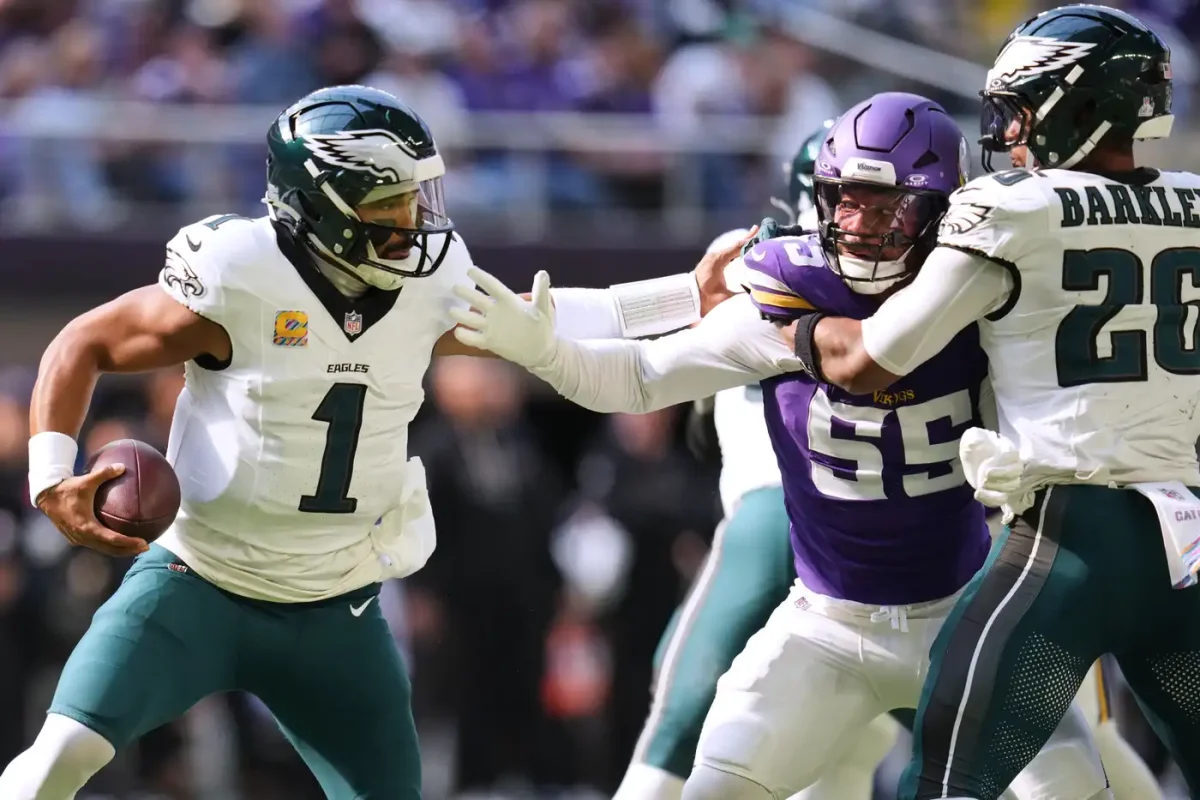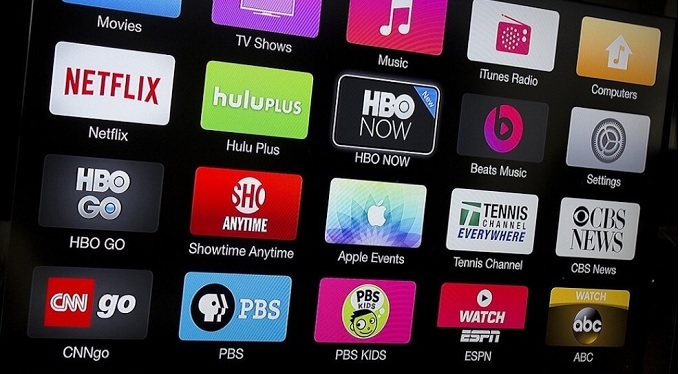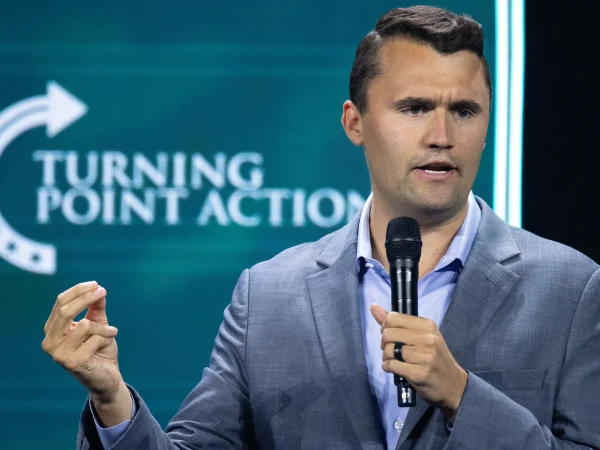The Age of Streaming Services and Subscriptions
www.apple.com
Streaming services and subscriptions are on the rise, how much are consumers willing to pay?
In recent years, the number of streaming services has multiplied, giving consumers more choices when deciding which services to subscribe to. Each streaming service gives viewers various movies and TV shows to watch, but each of those choices comes with a price.
“I decide to get [a service] based on what shows or movies they have. If they get rid of enough shows that I really like, then I’ll unsubscribe,” OHS Sophomore Jocelyn Glenna said.
Streaming service companies include: Netflix, Disney+, Amazon Prime Video, HBO Max, Paramount+ & Showtime, Hulu and Apple TV+.
There are also live streaming services, such as Sling TV, YouTube TV and Hulu+ Live TV that offer more expensive plans with a wide array of channels and features. These services more closely resemble cable TV, and for some consumers, are used as a replacement for regular TV.
“I feel like streaming services are interfering with the process of art, shows are being created with the hope of getting the show on a streaming service. Shows are also getting shorter in order to compete with the many other shows being offered,” OHS Senior Maggie Sullivan said.
While some services have overlapping TV shows and movies, some offer original content, making it a draw for consumers to subscribe. Netflix, for example, has “Netflix Originals” which includes top-rated shows such as Outer Banks, Stranger Things, Bridgerton and Wednesday.
“If there is a show that I want to watch on HBO [for example], I’ll get it for a month and then I’ll pause it,” OHS AP Psychology teacher Sara Ibs said.
Luckily, for consumers, streaming service companies allow for the flexibility of subscriptions. There is no binding contract, and viewers can start and stop their subscriptions at any time without penalty. For many of the services, there is a free trial or introductory rate, allowing consumers to test out the service before subscribing.
According to The Balance, recent data shows that the number of U.S. consumers cutting their cable and using online streaming services has increased from 45% in 2013 to 82% in 2020.
“I don’t think that many people watch regular TV now. I think as the viewers decline, there will be fewer new shows on TV,” OHS Senior Jenna Olson said.
Cord Cutter News reported that the new average number of streaming services per household has increased to four subscriptions in 2021, which is up from three in 2020; with Netflix being the number one streaming service used. Data collected by J.D. Power shows that the average consumer pays $47/month on total subscriptions.
The initial charge of streaming services may appear cheaper than the reality of the cost, due to subscription tiers. The tiers may include increasing the amount of screens able to watch at one time, screen quality, getting the ad-free plan or premium plan; all of which will be an additional cost.
“Cost is the main factor in deciding if I’m going to have the service or not,” Ibs said.
While cable TV seems to be on the downturn and streaming services and subscriptions continue to rise, consumers will have to weigh the options and determine how much they are willing to pay for the ever-growing number of services.























































